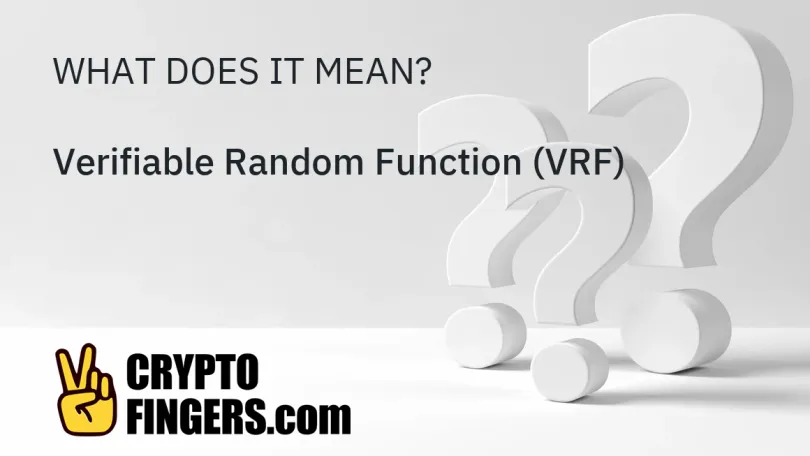
A verifiable random function (VRF) is a cryptographic primitive that was conceived of in 1999 and has many useful applications including deterministic precommitments and having output that is resistant to preimage attacks. In implementation, a VRF consists of three related algorithms that do the following: Key Generation: A mathematical function that when given a random input produces a verification key / secret key pair Evaluation: This function takes a message and the generated secret key to produce a pseudorandom output, and an associated proof Verification: This function uses the verification key and other values to guarantee that the output of the evaluation function could only have been produced by someone who had the associated secret key - all without that secret key ever having to be revealed VRFs have a wide range of use cases across various cryptographic schemes, protocols, and systems.



























